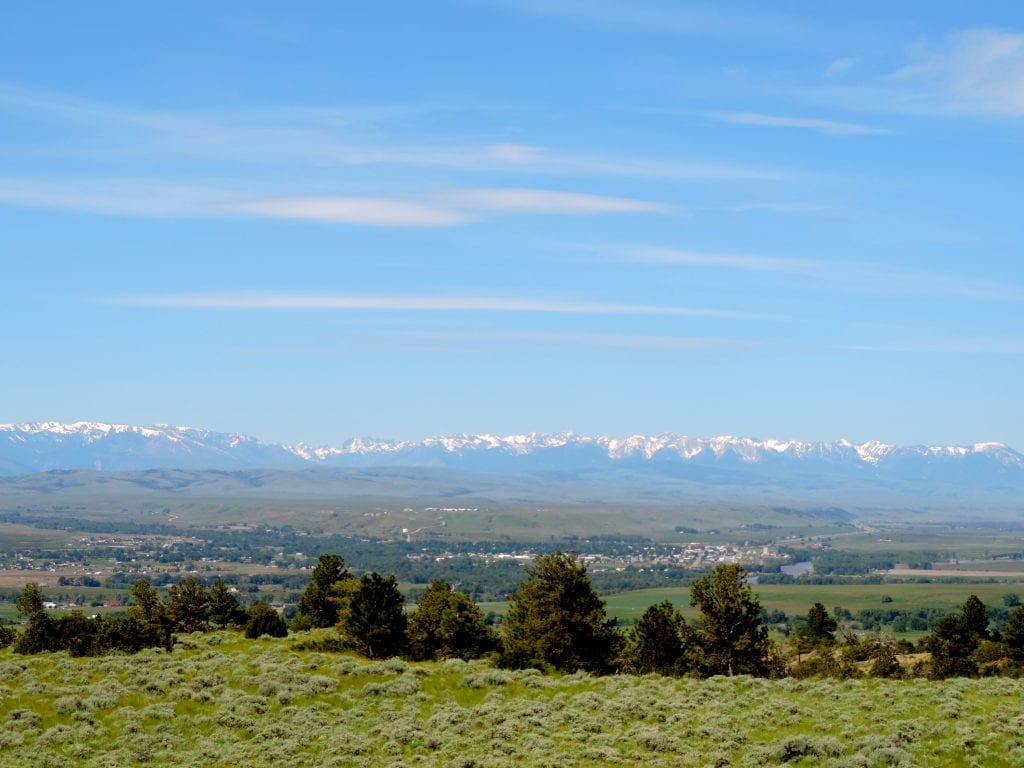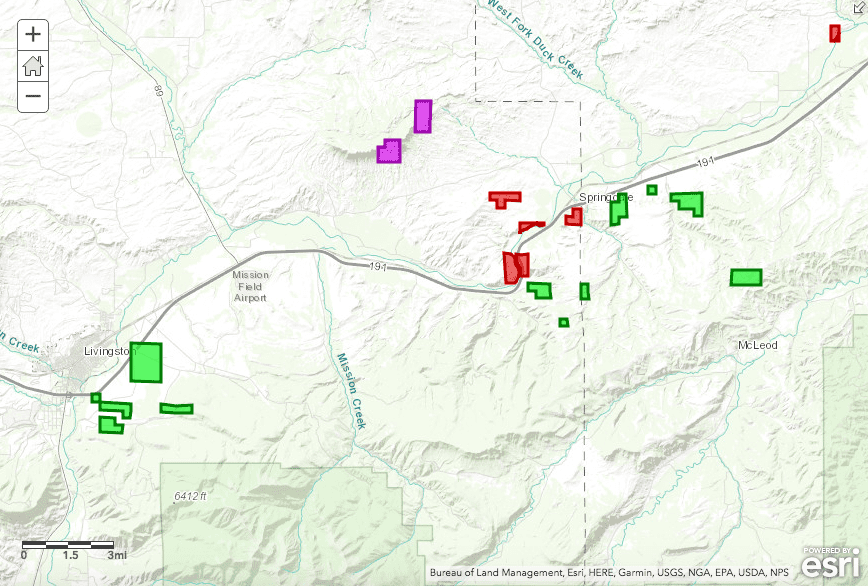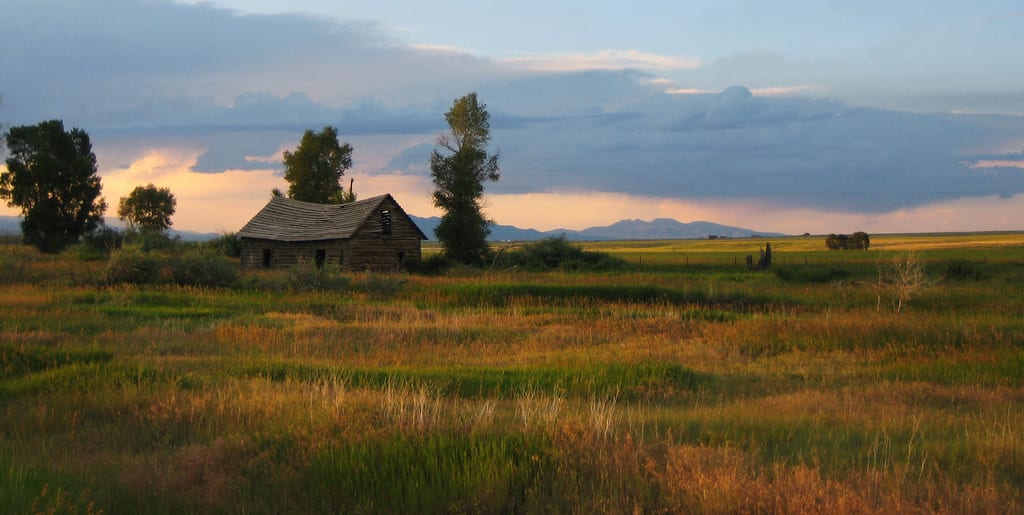
Montana’s Beartooth Mountains with the town of Big Timber in the foreground.
Unfortunately, while 17,000 acres were spared, the agency still auctioned off tens of thousands of acres in the region. And now, thousands more stand to be put on the auction block this December.
Citing public opposition and inadequate management plans, the Bureau of Land Management thankfully withdrew a proposal to sell public lands for fracking near the town of Livingston, Montana and along the Beartooth Mountain Front.
Livingston is the original gateway to Yellowstone National Park and is renowned for its outdoor recreation opportunities and big open spaces. The Beartooth Mountains, located just north of Yellowstone National Park, are equally iconic and prized for their natural splendor and wildness.
While sparing these Greater Yellowstone treasures from fracking was a welcome move, the Bureau of Land Management’s decision was ultimately two-faced.
For example, the agency rejected auctioning lands near Livingston, Montana, but moved forward with selling lands less than 10 miles outside of Livingston. And, while the agency backed down from auctioning lands south of the town of Big Timber, lands directly to the north of the town were put on the auction block.

Lands in green were removed from the auction block in March. Lands in purple were auctioned away by the Bureau of Land Management.
After all, if public opposition and inadequate plans were reason enough to compel the agency to hold off auctioning some lands, then they should have been reason enough to block the sale of all lands in the Greater Yellowstone region.
The Bureau of Land Management’s hypocrisy hasn’t subsided, however. In fact, it’s only grown more extreme.
Earlier this week, the agency announced plans to auction away more than 74,000 acres of public lands in the state, including several thousand in the Greater Yellowstone region. In fact the Bureau of Land Management is proposing to sell lands right next to areas that the agency removed from the auction block in March.

Lands in green were removed from the auction block in March. Lands in purple were auctioned in March. Lands in red are proposed for auctioning in December 2018.
In other words, despite public opposition and a lack of adequate plans in place to assure protection of Montana’s public lands, the Bureau of Land Management is auctioning them away for fracking anyway.
And it’s not just the Greater Yellowstone region at risk by the Bureau of Land Management’s shameful stewardship of public resources.
The Tongue River Valley is being targeted, the Pioneer Mountains and Ruby Range outside the town of Dillon, lands on the Missouri River just north of Helena, lands next to the Blackfeet Indian Reservation just east of Glacier National Park, and lands along the Musselshell River in Montana’s high plains.

The Beaverhead River Valley between the Pioneer Mountains and Ruby Range in southwestern Montana. Photo by Katie Rompala.
Rest assured, we’ll be confronting the Bureau of Land Management’s hypocrisy. The agency can’t decide to protect some lands from fracking because of public opposition and inadequate plans, yet decide not to protect other lands in the face of the same opposition and inadequate plans.
